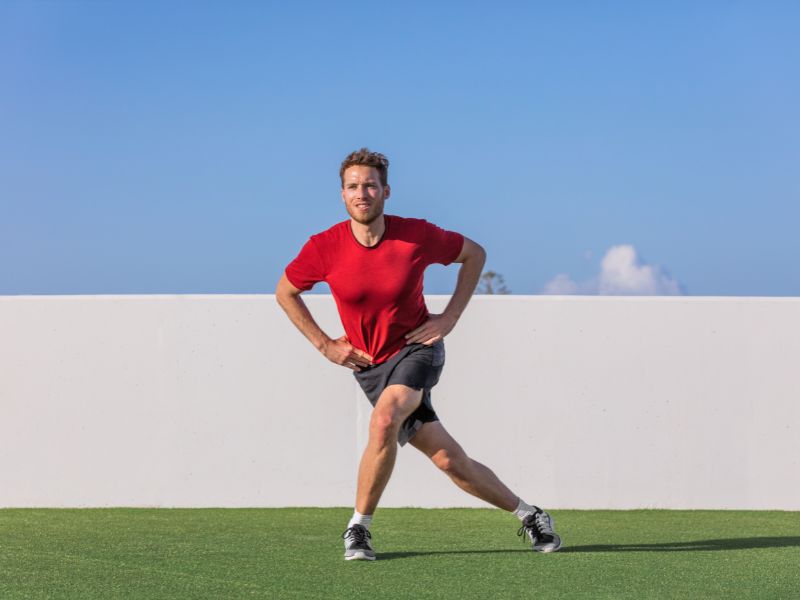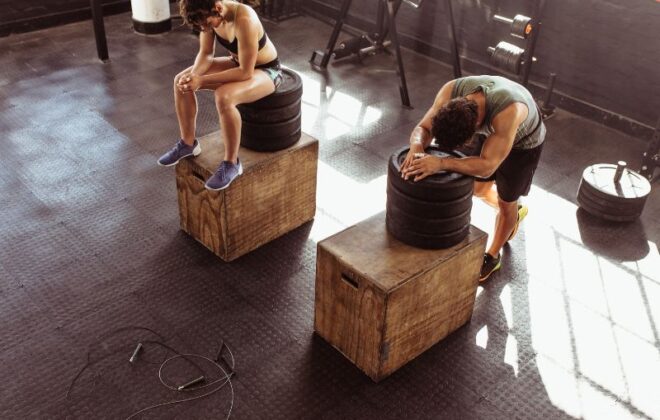Why is measuring muscle oxygenation so important for athletes?
Measuring muscle oxygenation is one of the key indicators that can help athletes to improve their training and achieve maximum performance. The level of muscle oxygenation indicates how efficiently the body supplies oxygenated blood to the muscles during increased exercise and how efficiently the muscles consume this oxygen. By measuring muscle oxygenation, athletes can assess their aerobic and anaerobic capacity and monitor its progress over time. The test also allows for the identification of the level of exertion that the body is able to adequately compensate for, and the indication of the point at which there is a drop in oxygenation in the muscles, which is the direct cause of exceeding successive metabolic thresholds, including the lactate threshold. High muscle oxygenation is also key to optimal post-exercise recovery.
What is muscle oxygenation measurement and why is it so important for sports people?
The measurement of muscle oxygenation, also known as tissue saturation, refers to the degree to which the blood 95-99% saturated with oxygen, oxygenates the muscles that consume this oxygen during work. This measurement is crucial not only for those who want accurate, real-time information based on stable and reliable parameters, but also for athletes training in varied conditions such as mountainous terrain. The variation in muscle oxygenation indicates the overall condition of the body and provides information on whether the body is using the basic element of life efficiently during exercise. Too rapid a drop in muscle oxygenation levels can be a sign of fatigue, weakness of the body or even anaemia, which can be associated with overtraining. Today, the analysis of muscle oxygenation variability is used mainly in professional sports, but with more and more scientific publications confirming the benefits of analysing this parameter, this method is spreading more and more strongly also among advanced amateurs. Maintaining optimum oxygen levels in the body is crucial to an athlete's endurance, speed and overall performance. Muscle oxygenation is an indispensable tool for anyone who wants to control their performance improvement, avoid overtraining and aim to optimise their training.
What distinguishes the measurement of tissue saturation in the Q-LAC device?
The Q-LAC device is an innovative solution for analysing the variability of muscle oxygenation, which is applicable both in the context of professional sports and in the daily training of semi-professionals or advanced amateurs. By using the Q-LAC sensor, it is possible to accurately analyse the degree of oxygenation in muscles during exercise at different levels of intensity.
This allows for a precise determination of how the body responds to exertion, what intensity of exertion it can withstand and what intensity is optimal in relation to the training goal. A key technology used by Q-LAC is near-infrared spectroscopy. It allows fatigue and overall muscle condition to be measured. The ratio of light emitted to light reflected by the muscle tissues at the relevant wavelengths, allows an accurate determination of muscle oxygenation. Furthermore, the Q-LAC sensor allows the measurement of muscle reoxygenation, i.e. the dynamics of restitution after exercise, and indicates zones in relation to lactate concentration, which is key to optimising training, correctly interpreting changes and at the same time avoiding excessive muscle fatigue without the need for punctures or the involvement of complex tests and a personal trainer in each workout. Q-LAC allows for the ongoing monitoring of muscle reoxygenation rates, which is extremely important for controlling the recovery process and adapting training to the individual athlete's needs. This allows coaches and athletes to work on the basis of detailed information, maximising the effects of training and keeping the body in optimum condition as simply and transparently as possible.
How to use muscle oxygenation measurement in training?
Analysis of muscle oxygenation variability is crucial in both endurance and strength training. In endurance training, monitoring tissue saturation with the Q-LAC sensor allows the optimum intensity and volume of training to be determined, tailoring them to the individual athlete. This allows you to determine whether the body is supplying sufficient oxygen during exercise and, in the event of insufficient saturation, make appropriate adjustments to the training plan. In strength training, the Q-LAC sensor allows you to analyse the effectiveness of your training. A muscle well supplied with oxygen works longer and more efficiently, resulting in better performance. Our sensor, which measures variable physiological parameters, works on the principle of near-infrared measurement, enabling precise monitoring of the moment of muscular hypoxia. This allows you to optimise your training, avoiding excessive muscle fatigue and increasing your performance. The use of Q-LAC technology in sports practice allows the ongoing monitoring of the muscle reoxygenation rate, which makes it possible to select the right amount of exercise and loads, control the recovery process and adapt training to the individual athlete's needs in order to achieve the best results. The current training intensity can be accurately analysed, and the visualisations and graphs generated in the app allow advanced parameters to be analysed in the clearest possible way. This enables athletes to avoid overtraining, reduce the risk of injury and improve their performance.





